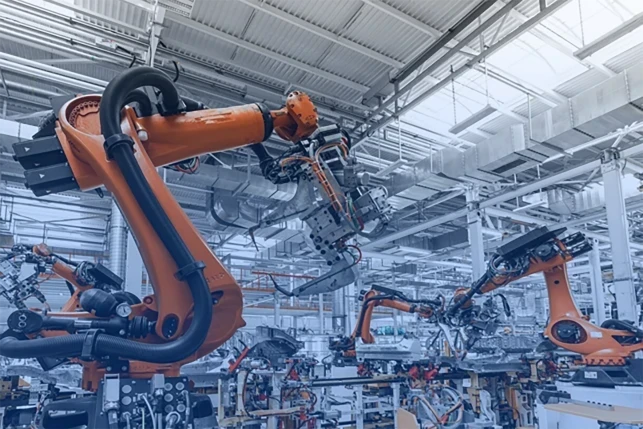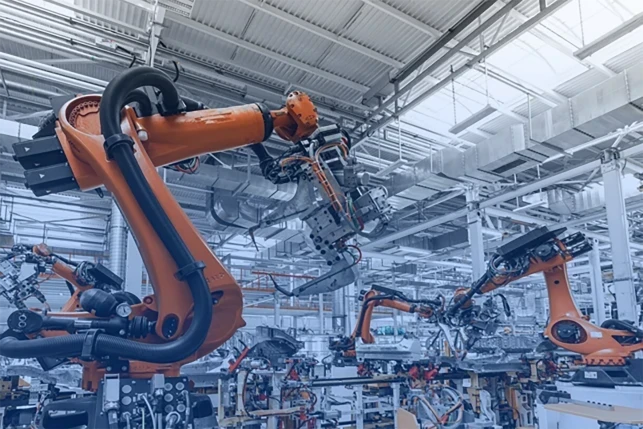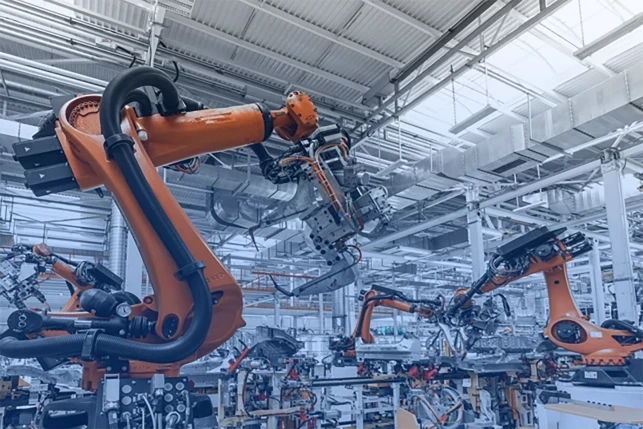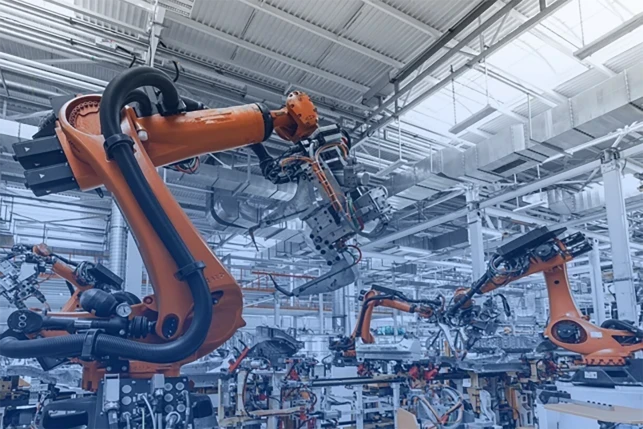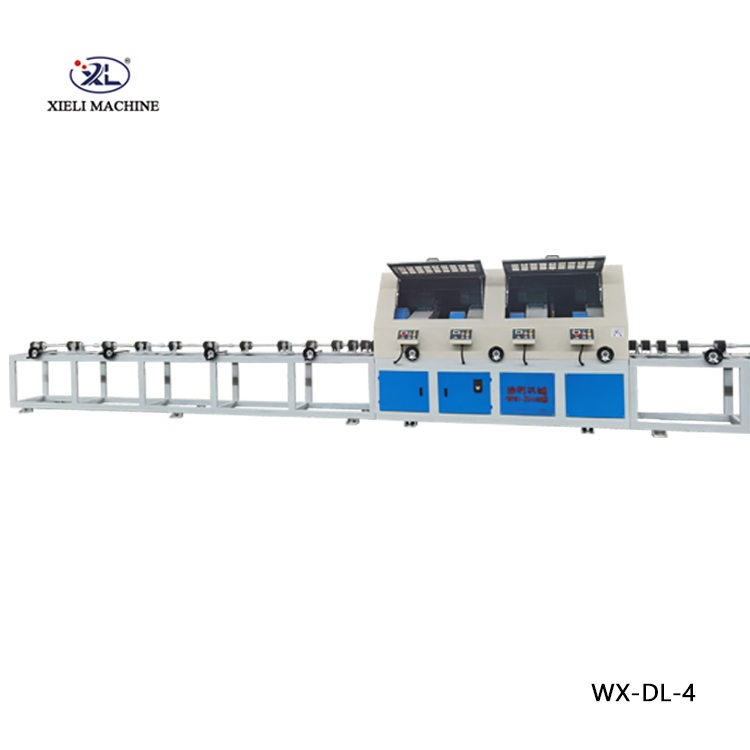
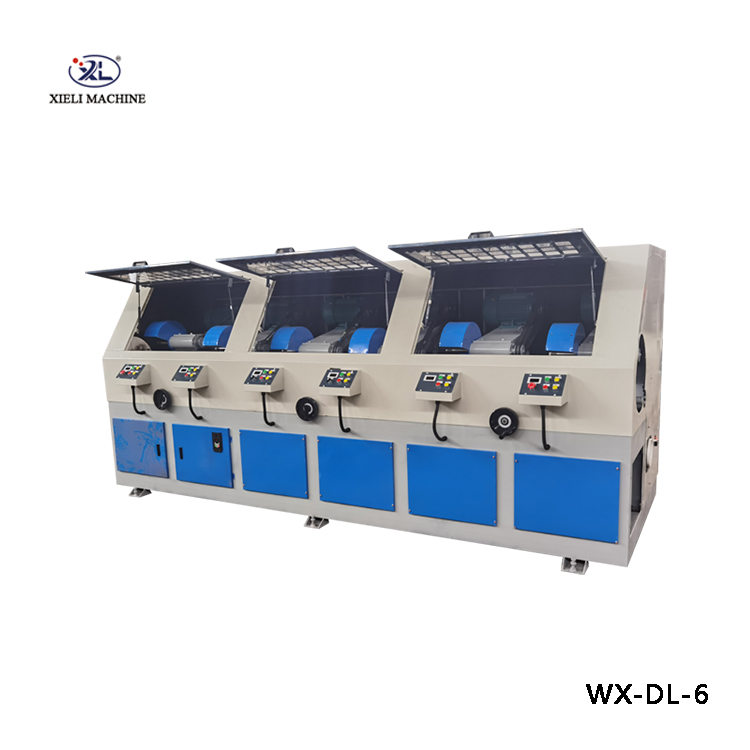

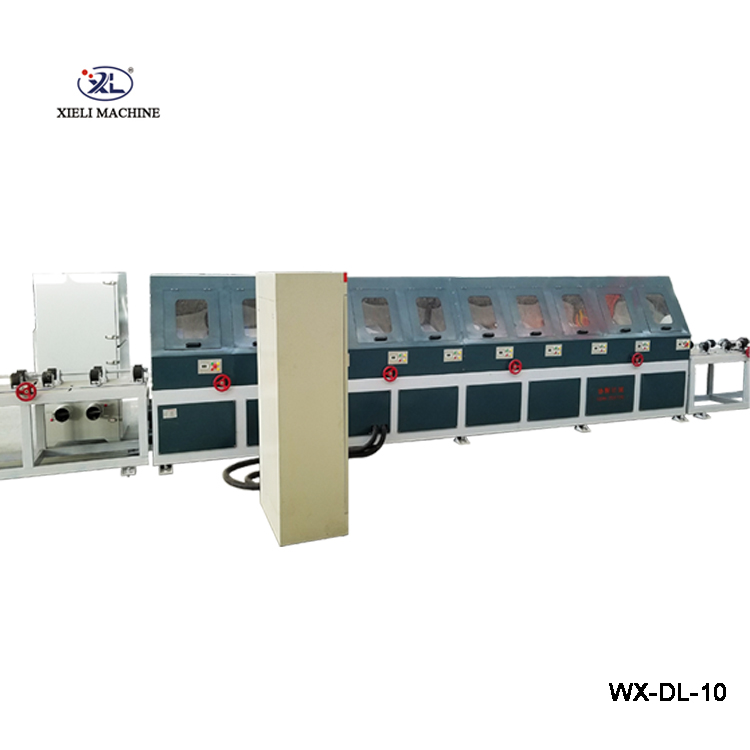

How Heavy Is A Polishing Machine?
The weight of a polishing machine varies widely depending on its type, size, and intended use. Small handheld or bench-top polishing machines can weigh as little as 2 to 10 kilograms (4 to 22 pounds), making them portable and easy to handle for light-duty polishing tasks. These smaller machines are often used for polishing jewelry, small metal parts, or delicate items.
Medium-sized polishing machines, such as floor-standing or benchtop units used in workshops and manufacturing environments, typically weigh between 50 to 200 kilograms (110 to 440 pounds). These machines are designed for more heavy-duty polishing jobs, including metal pipes, automotive parts, and industrial components. Their increased weight contributes to stability during operation, allowing for consistent polishing results.
Large industrial polishing machines, used for high-volume production or polishing large components like stainless steel sheets, pipes, or cylinders, can weigh several hundred kilograms to over a ton. These machines are usually fixed installations that require a solid foundation and are equipped with powerful motors and multiple polishing heads.
In general, the weight of a polishing machine depends on factors such as its motor size, frame construction, number of polishing heads, and additional features like hydraulic or automated controls. When selecting a polishing machine, considering its weight is important for transportation, installation, and stability during use.
What Is The Difference Between Buffing Machine And Polishing Machine?
The difference between a buffing machine and a polishing machine lies mainly in the level of surface finish they achieve and the materials or abrasives they use. Both machines are used to improve the surface quality of a workpiece, but they serve slightly different purposes in the finishing process.
A polishing machine is designed to remove surface imperfections, scratches, or oxidation using abrasive compounds and pads. It works by smoothing the surface to create a clean, even finish, often preparing the material for a higher shine. Polishing typically involves finer abrasives compared to grinding, and it helps improve the texture and appearance of the surface without necessarily producing a mirror-like shine.
A buffing machine, on the other hand, is used after polishing to enhance the shine and create a glossy, reflective surface. Buffing usually employs softer wheels or cloths combined with mild abrasive compounds called buffing compounds or rouges. The buffing process doesn’t remove much material but instead smooths and shines the surface to a high luster, often producing a mirror-like finish.
In summary, polishing is more about surface preparation and defect removal using abrasive action, while buffing focuses on enhancing shine and gloss with a gentler, finishing touch. Both are important steps in achieving high-quality surface finishes in metalworking, automotive detailing, jewelry making, and other industries.

